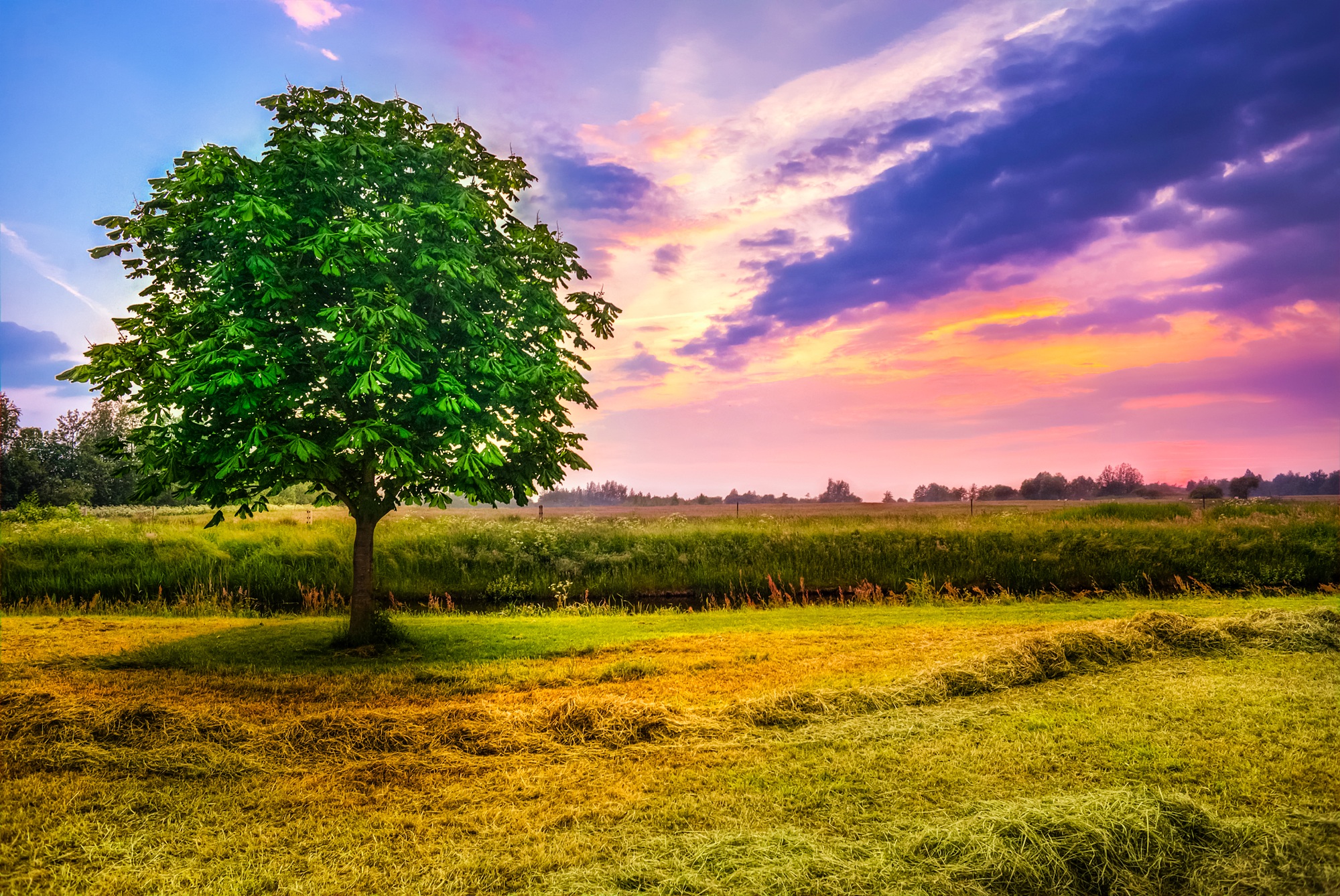When we talk about an “old chestnut,” we usually mean a familiar story—sometimes one that’s been told so often that to has become stale, but also possibly one that’s ready and reliable.
Either way, the phrase suggests a kind of sturdiness and permanence, perhaps like an old chestnut tree that’s always there.
Except that these days, there’s prawie no such thing as an old chestnut tree w the eastern Stany Zjednoczone. Virtually all of them have succumbed to a deadly disease. By some estimates, four billion have perished. The only thing that has the potential to bring them back is biotechnology.
 Eight years ago, I wrote about the plight of the chestnut trees in a kolumna for the Global Farmer Network. I described chestnuts as an essential part of Italian-American culture: In my family, we always roasted them for Christmas and on other holidays. The wood from the trees also made beautiful furniture. I’m no woodworker, but my grandfather was and chestnut trees are an excellent source of hardwood.
Eight years ago, I wrote about the plight of the chestnut trees in a kolumna for the Global Farmer Network. I described chestnuts as an essential part of Italian-American culture: In my family, we always roasted them for Christmas and on other holidays. The wood from the trees also made beautiful furniture. I’m no woodworker, but my grandfather was and chestnut trees are an excellent source of hardwood.
A generation or two ago, chestnut trees were a common feature of the American landscape. They would grow big and tall, with thick trunks and branches that could reach a hundred feet into the air. The trees that produced the delicious nuts and gorgeous wood grew in the wild as well as under cultivation.
Then came the blight. A fungus from Asia swept through our continent’s population of chestnuts. Dzisiaj, it’s almost impossible to find chestnut trees. Kilka lat temu, I tried to grow a couple near my house in New Jersey. One died immediately. The other lasted a few years and then it died, zbyt. Even when we care for them, we can’t seem to keep them alive.
My column pointed out the dire challenges facing the chestnut tree, but also expressed hope that modern science might find a solution.
Dzisiaj, it looks like we may have one. naukowcy have discovered a fungus-fighting enzyme that occurs in all grain crops as well as some fruits. Through an initiative sponsored by the American Chestnut Research and Restoration Project w the State University of New York, they’ve figured out how to take a gene that produces this enzyme from bread wheat and transplant it into chestnut trees.
To technique is called genetic modification and it’s the same one that has become a staple of modern food production, helping farmers fight weeds and pests and allowing them to grow more food on less land than ever before. We call these uprawy GMO, for “genetically modified organisms,” but it may make more sense to introduce a companion name: GROs, as in “genetically rescued organisms.”
 I learned this term from Hank Campbell, who wrote an op-ed about chestnuts in the Wall Street Journal in June. His own website, Nauka 2.0, also has covered the plight of chestnut trees and the ways in which science can save them.
I learned this term from Hank Campbell, who wrote an op-ed about chestnuts in the Wall Street Journal in June. His own website, Nauka 2.0, also has covered the plight of chestnut trees and the ways in which science can save them.
GROs have been with us for a while. They’ve already saved Hawaii’s papaya industry from the ring-spot virus. Teraz we’re applying this same method to another plant whose situation has become desperate.
For those who worry that there’s something “unnatural” about this approach, Campbell offers this useful way of thinking about GRO chestnuts: “What could be more natural than letting nature resist nature? To jest 99.999 percent identical to wild American chestnuts, except four billion of these won’t die.”
That sounds like a good deal to me. We might be wise to think about other trees and plants że could become GROs. Elm trees may be candidates. Dutch elm disease, a fungus spread by bark beetles, has ravaged them as well. This affliction’s acronym says it all: DED.
I don’t know about you, but I prefer GRO trees to DED ones.
We can continue to watch chestnut trees and other species vanish, or we can choose a different przyszÅ‚y. Na szczęście, the federal government is trying to modernize the regulations that govern GROs. W styczniu, President Trump issued an executive order that may spur innovations—and make it easier for scientists to defeat diseases and rescue trees.
Pewnego dnia, być może, we’ll be able to tell old chestnuts about how we saved the chestnuts.


Resistant elms exists. In cooperation with Hans Heybroek, I selected resistant elms. Two are on the European market: ‘Lutèce’ and ‘Vada’ and they do well.
Jean Pinon
Formely research director in INRA (Francja)